New Breakthrough On How To Potty Train A Puppy! 2022 Edition
How to potty train a puppy is a topic that many pet owners see as challenging or difficult. They may think that a puppy is too young to understand commands, or that it may not have the discipline yet to follow what it is trained to do.
The good news is, potty training is not that hard - if you know the proper techniques and tools to use in training. Having a cute puppy in the house that knows “what to do” will make things easier for you as the pet owner in the long run. This article is a comprehensive tutorial on how to potty train a puppy, so relax, think positive, and read on.
More…
BENEFITS OF POTTY TRAINING A PUPPY
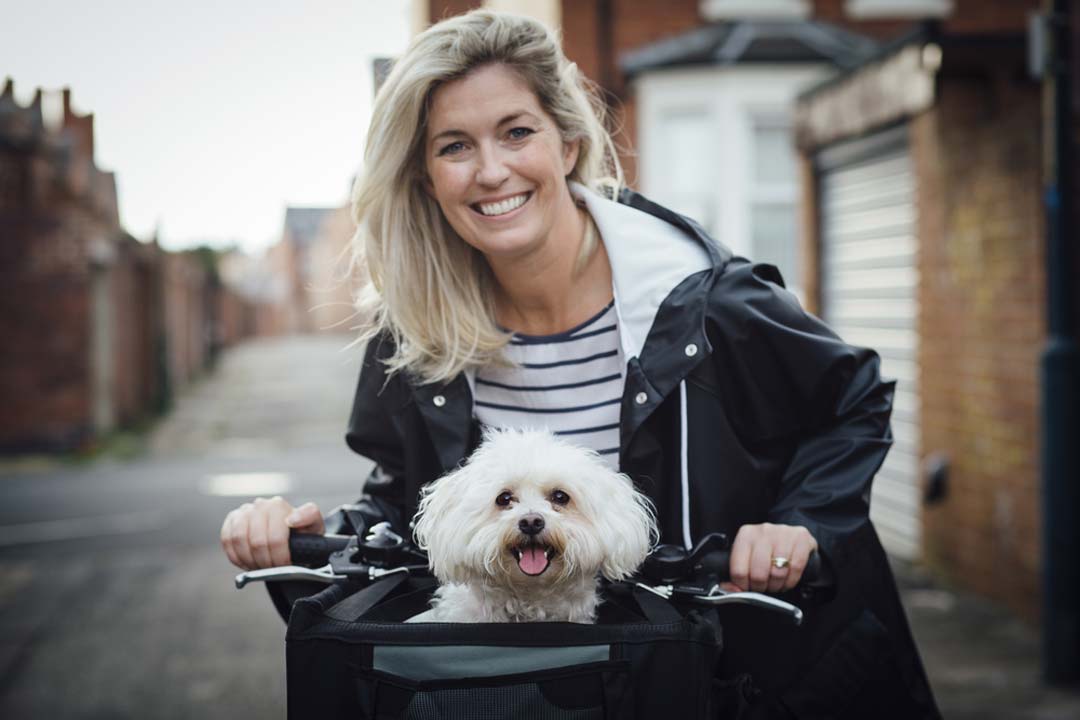
On the other hand, a well-trained puppy will surely bring joy to the family. The health of your family will be ensured if the puppy observes proper sanitation. Life will indeed be livelier, happier, and more pleasant with a trained puppy in the house. Here are some benefits of potty training a puppy:
Once you decide to own a puppy, you must take responsibility for potty training. If you don’t, it will be stressful for you to clean the mess over and over again. That might lead you to maltreat the pet or eventually give it up for adoption.
1. Less Mess and Odor
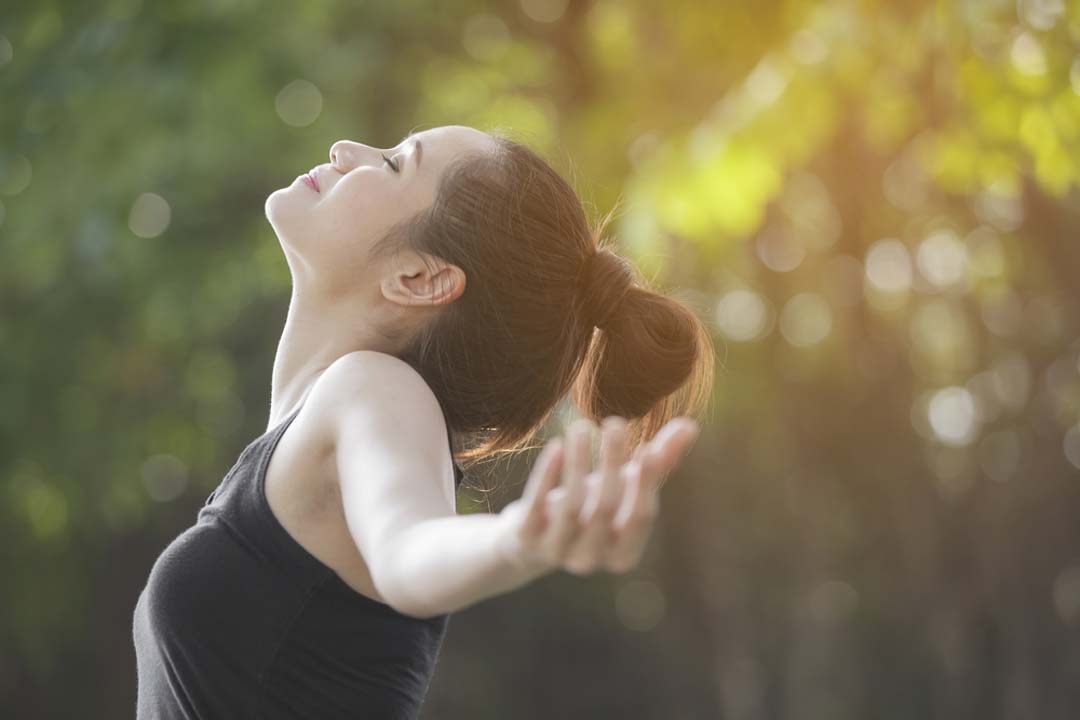
Needless to say, if your puppy is not trained, you will be dealing with mess, lots of it (every day). You may soon find out that you are quickly running out of newspapers or rags to clean the urine and excretions of your pet.
But, if your puppy is potty trained, the house will surely get cleaner (and healthier) for you and your family. You don’t have to clean the carpets that often. It also means that you don’t have to spend lots of time getting rid of stains. Plus, the house will smell a lot better if you have a potty trained puppy. That’s for sure.
2. You Don’t Have to Withstand the Weather Outside
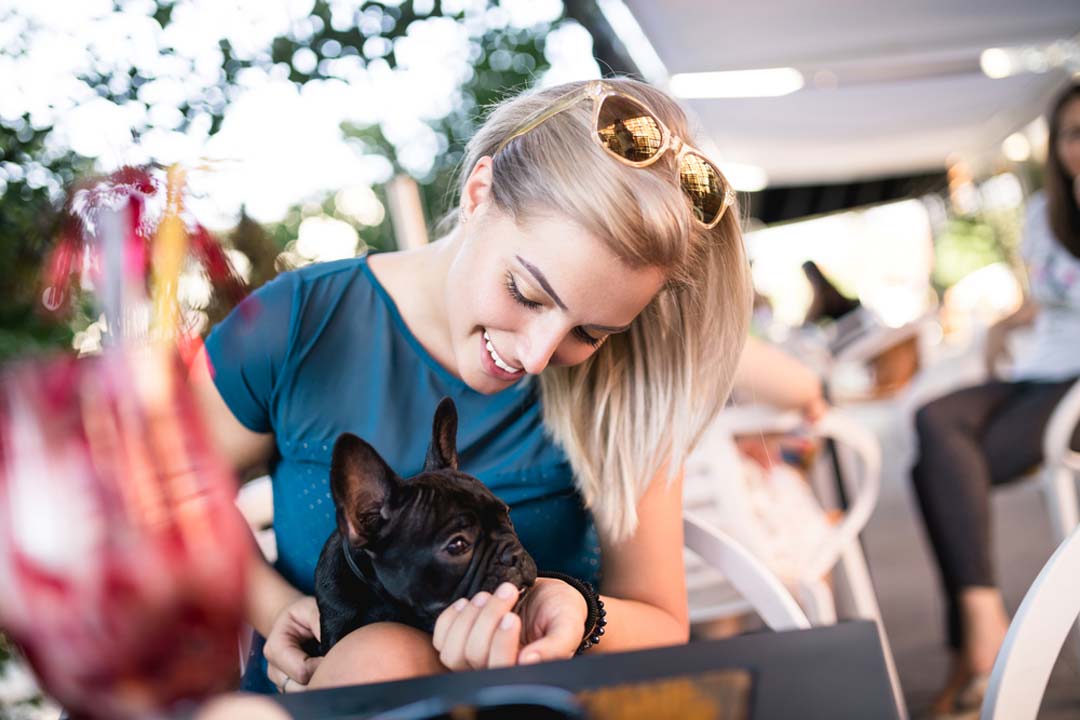
Owning a puppy that knows where to relieve himself means you don’t have to endure the bad weather outside. It is especially true during the chill of winter, burning heat of summer, or torrential rains during the rainy season.
Such conditions will add up to the owner’s stress level and might reduce the desire to own a puppy. Nobody will like the idea of getting sick just because he is waiting for his puppy to do his thing.
3. More Time to Do Other Things
If you’re a person who has an 8 - 5 job, you obviously don’t have the time to watch over your puppy 24/7. Even if you are a housewife, you’ll probably be preoccupied with other things, like taking care of your baby or doing household chores.
Having a potty trained puppy will allow you to accomplish more important things both inside and outside the house. That means you will be more productive and will be free from the hassle of taking your puppy outside every time he needs to answer the call of nature.
4. Convenient Travel
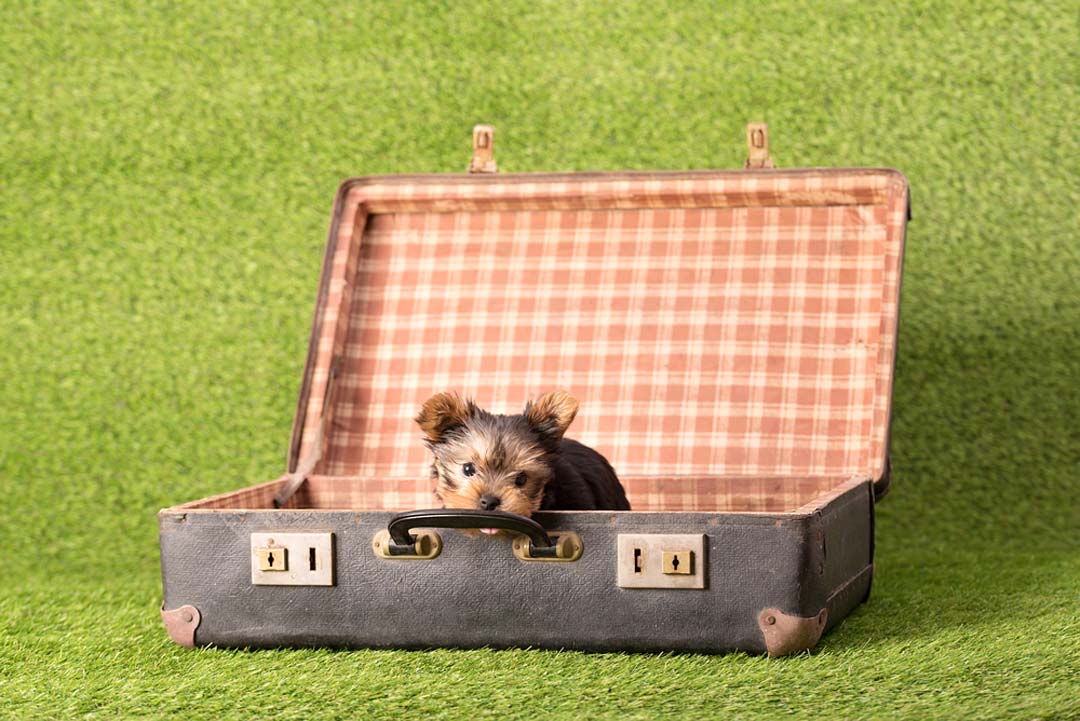
If you decide to bring your puppy with you in your travel and you know he has to potty, you can make a stop at a gasoline station or any grassy area. With a command familiar to your pet, you can instruct him to potty and return to the vehicle after doing his thing. Since the puppy knows what to do, his elimination will not delay the trip considerably.
WHAT YOU WILL NEED FOR POTTY TRAINING A PUPPY
1. THE MINDSET
Potty training a puppy is all about being patient, consistent, and providing positive reinforcement. Your ultimate goal should be teaching proper habits and forming a strong bond with your cute companion. It usually takes 4 - 6 months for a pup to be fully trained; for others, up to one year.
Pet owners find it difficult to house train their puppies because they don’t know what to do. They use old techniques which usually yield poor results. Others believe that the pups will learn it by themselves as they mature. And, if pet owners start the training at late puppyhood, it will be more difficult.
Failure to potty train puppies may drive the owner not to let them inside the house, or even surrendering them to dog shelters. It is understandable because a pet that urinates and defecates inside the house is not a pleasurable experience at all. Besides, it will be detrimental to the health of the family, especially the children.
Patience on the part of the trainer is very essential. He must be determined and consistent that the puppy will apply the correct method. While the puppy is starting to learn how to potty, the trainer should be generous enough to reward him for his good act. It will boost the desire of the puppy to learn more and obey directions. As the pet becomes more responsive to commands, a closer bond between the owner and the pet starts to develop. The owner will feel a sense of accomplishment and will surely be proud of his pet.
Assume the Role of Guide and Teacher
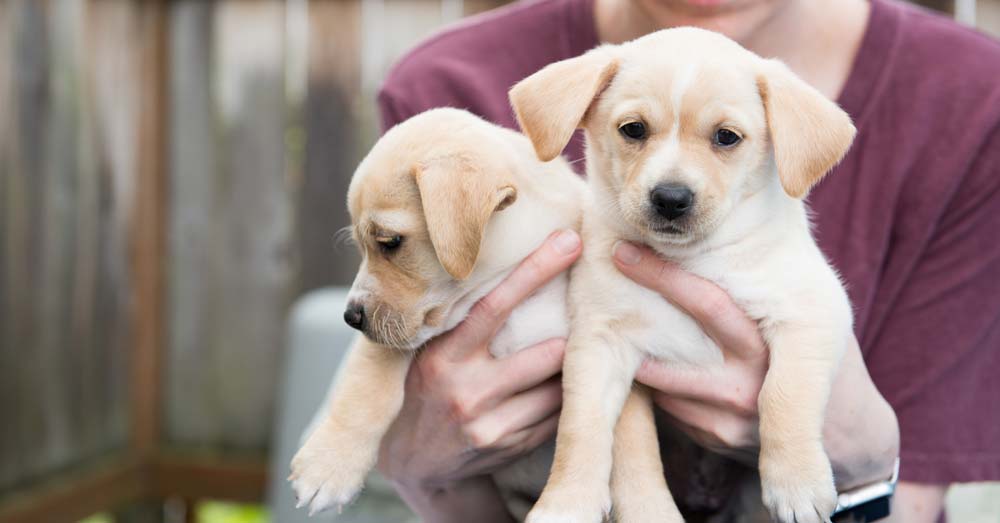
As a general rule, house owners have the right to impose regulations inside the house, especially regarding sanitation and cleanliness. By nature, dogs excrete their waste anywhere they feel the urge. So, if a person decides to have a puppy inside his house, he has to assume the responsibility of training the puppy how to potty. Of course, it is not that easy, but the effort will surely be rewarding.
Observe Signals Made By Puppy
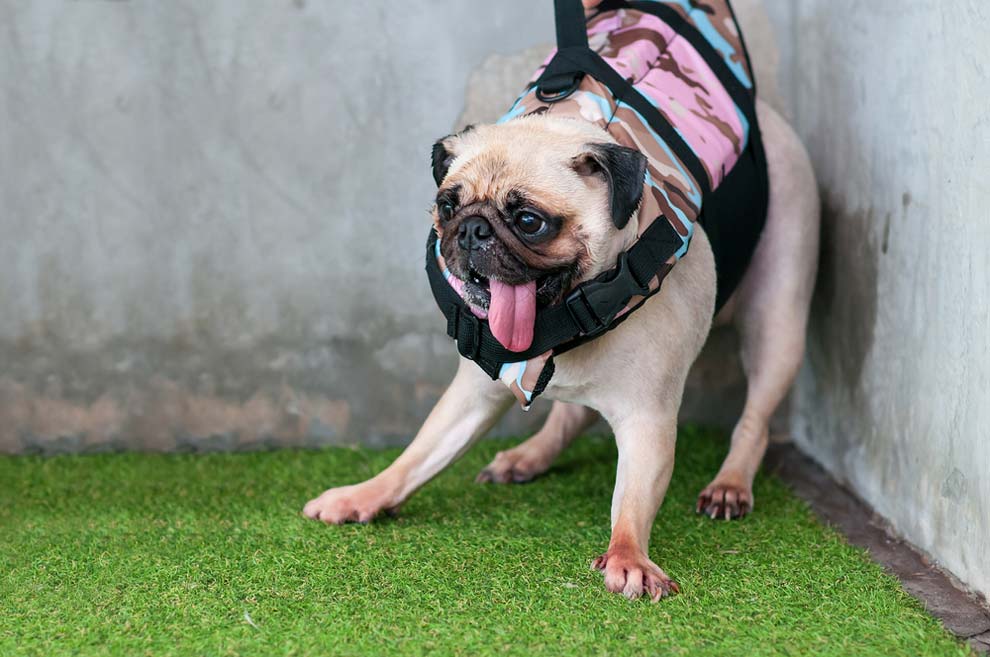
Typically, puppies give signals whenever they feel they want to potty. From being playful and jolly, they now do weird acts like turning around, sniffing the carpet or floor, going to the corners of the room, or doing other acts they don’t usually do. Try to remember these signals before they potty so you won’t be pressed for time and to avoid accidental spillage inside the house.
Be Kind and Loving Without Sacrificing Discipline
Don’t be cruel to your puppy by punishing it for the mistakes it made or for being a slow learner. On the other hand, don’t be too lenient because the dog may feel the training is not that important. You must strike a balance somewhere. You may fondle him with love, but he must subject himself to your authority.
Punishing the puppy to facilitate the potty training was found to be not effective. This will cause resentment and end up of having a dog who is fearful of you. Puppies, normally are friendly and loving that yelling or shouting at them are not necessary. So remember, the pup must regard its owner as a loving boss.
2. TOOLS AND TECHNIQUES FOR POTTY TRAINING A PUPPY
1
Puppy pad and holder
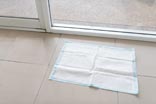
2
Dog crate suited for your pet
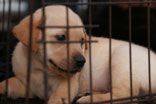
3
Leash and collar for you puppy
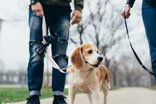
4
Playpen where they can exercise
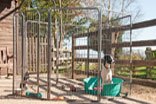
5
Barriers or gates to train
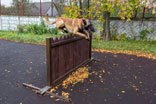
6
Poop bag and scooper

7
Plastic tarpaulin sheets

8
Litter tray for your puppy
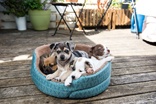
9
Cleaning products
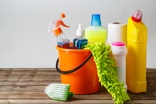
10
Treats to be given as reward
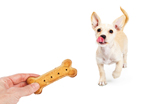
WAYS OF TRAINING A PUPPY TO POTTY
1. PAD TRAINING
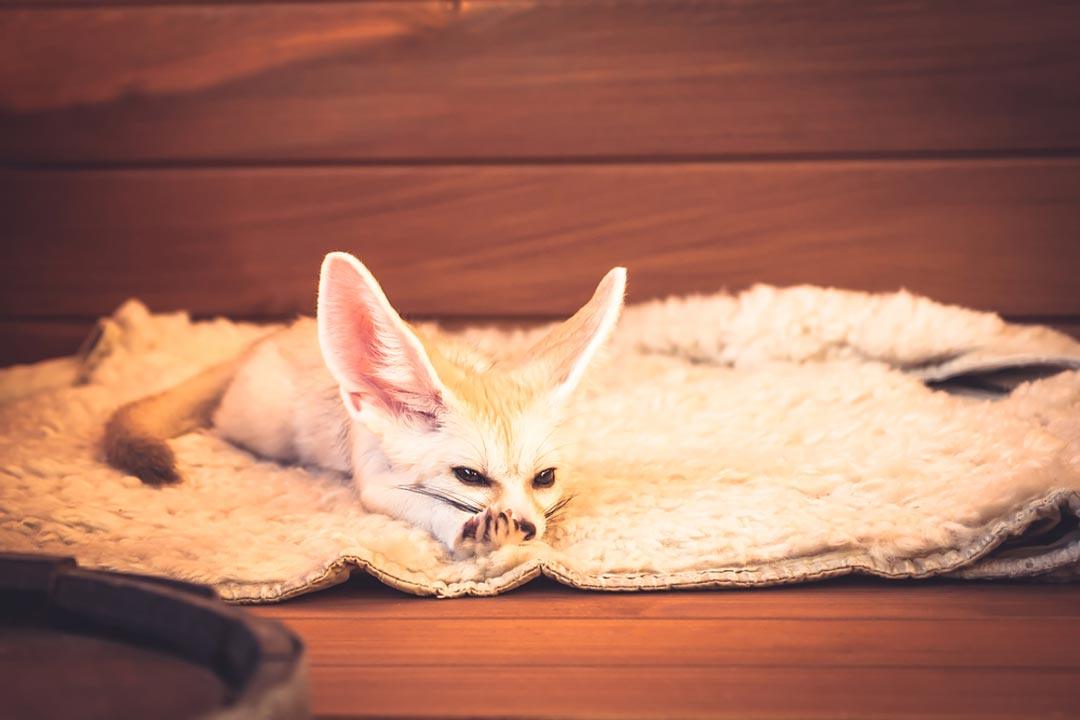
Place the potty pad in an area accessible to the puppy and do not move it while he is still learning. This is necessary so that the puppy will remember where to go just in case he feels the urge to potty.
While your pet is moving around or out playing, bring him to the potty pad to remind him to relieve himself. The frequency of visiting the pad may vary depending on the age of the puppy. Allow some lead time about five minutes before you think he will excrete, or every 15 minutes while they are playing. The signals made by the puppy before he potty which you have observed before will give you hint that he is about to relieve himself.
Say “go potty” as you bring the puppy to the pad and say “get busy” while they are urinating or defecating.
After they have finished, reward them immediately to commend them of their good act. It is a good idea to put a bag of treats near the potty area.
Bring the puppy near the pad after he comes out of the crate because he may have the urge but controlled it because it doesn’t want to soil its dwelling.
Bring the puppy near the pad after taking a nap or 10 to 15 minutes after eating.
If you let the puppy out of the crate to relieve himself, but he won’t go, wait for another five minutes. If he still doesn’t want to go, bring him back in the crate, then take them out after 15 minutes and guide them to the pad.
If the puppy accidentally excretes inside the house, don’t shout at him or punish him. Instead, make a noise; this will startle him. Then, bring him back to the potty pad so he can finish what he is doing.
2. CRATE TRAINING
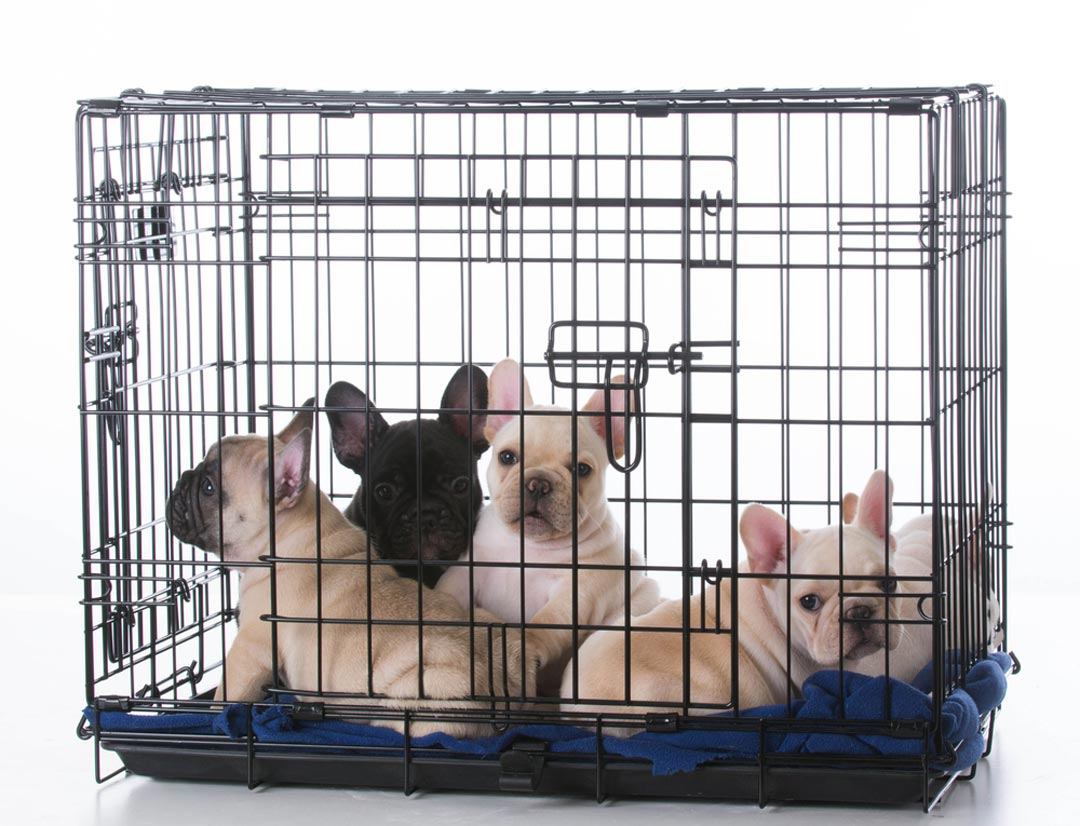
Normally, a dog has a “den instinct” or a desire to have a protected haven of its own. A pet owner can introduce a crate for housebreaking his pet. Most dogs will not excrete their wastes inside their den, so housebreaking them will facilitate potty training. However, if you bought your puppy from a puppy mill, it may take longer to train it. This is because they have no choice but to potty in the spot where they also sleep.
How do you determine the size of the crate? The crate should provide enough space as the puppy grows. The little one must be able to stand up, turn around, and lie down in a comfortable manner. However, the crate shouldn’t be too large because the dog will use the extra space for excretion. The crate can be made of plastic or wire. You can cover it with a blanket or towel so the puppy can feel secure.
You can train the pup to enter the crate by tossing treats with the door open, and closing it as he eats the food. Hand the remaining treats through the door. The regular meals should now be given inside the crate to help the dog remember that he now has the crate as a dwelling place of his own.
The crate has to be furnished with bedding such as a towel or light blanket. Do not use paper because the dog may get the message that it can excrete there, especially if it was trained to potty on paper. If the puppy soils the bedding, remove it so he will realize that he should not potty there. Do not allow accidents to repeat itself so that the dog will understand the training faster.
If the pup inside the crate is taken out for 15 minutes or more, bring him to the potty area. Upon reaching the spot, set the puppy down, or if on a leash, allow a little slack in the leash and say words or phrases like “go potty’’, “do your business,” etc. Keep on repeating the words quietly as he is doing his business. Avoid distraction such as loud voice because this may disrupt him.
How often do puppies need to potty? Usually, puppies have to answer the call of nature a few minutes after drinking or eating, and then again after 20 to 30 minutes. Some dogs poop twice in one sitting so stroll longer to ensure that he has fully discharged before coming back inside the crate. Dogs that play and then drink water will eliminate more often (30 minutes later) than those who stay in the crate most of the time.
3. USE OF LEASH AND COMMANDS
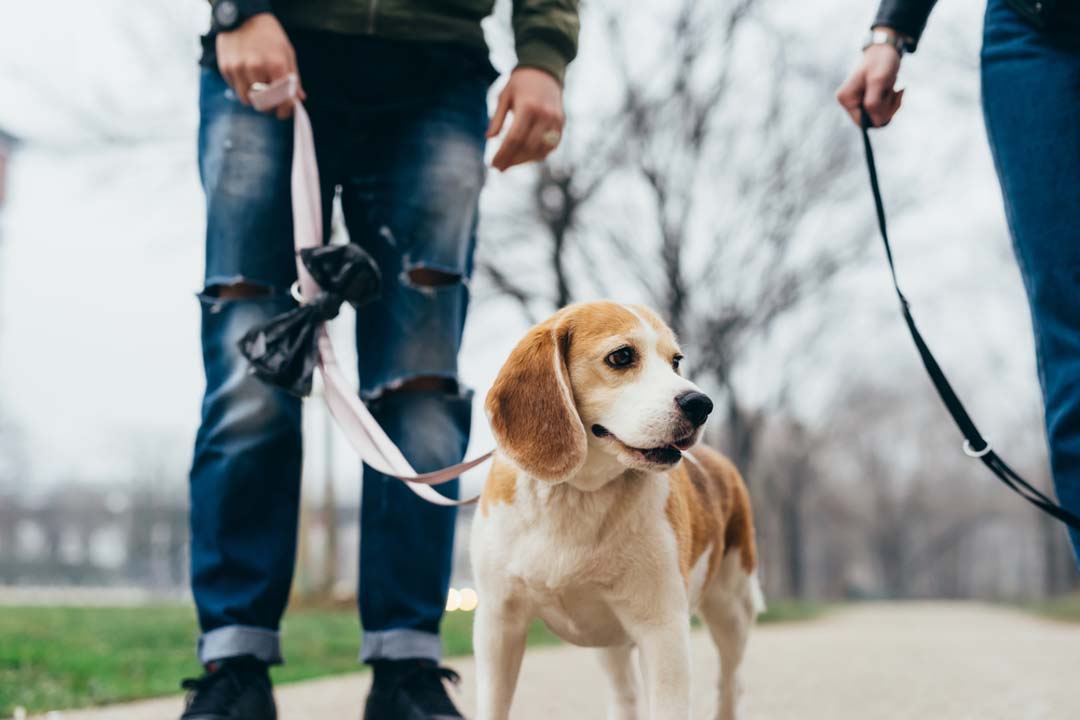
The use of a leash in potty training can help a lot. It will enable the owner to take control of the puppy’s movement. Any distraction may cause your pet to set off and run, forgetting that he is out to potty. A pet owner can tug the leash to remind the puppy about the potty training. The leash will also guide the pup to the place where he has to potty. Frequent visits to the exact spot will help it remember the place and the reason why he was brought there.
Teach your puppy some words that he will associate with elimination. The pup will pick up these words very quickly and will soon be familiar of what the owner wants him to do, where it should be done, and when to do it. Words like “go potty” can be used for urination (pee), or perhaps “go poop” for excretion. You might need to do this over and over, but in the end, the benefits of doing this are well worth your time.
For instance, you can use the word “outside” to mean elimination. You can then use other phrases or a sentence having the word “outside” in it such as “let us go outside,” or “are you ready to go outside with me?” For the puppy to be trained to potty, the use of specific words to mean elimination should be consistent. The pup will soon show signs that he understands the commands by barking or wagging his tail.
4. TRAINING AND GIVING PRAISE

For your dog to follow directions easily, you can use a slip-style leash. If your puppy has a difficult time adjusting to the leash, slip it on and carry him and say the phrase for elimination you have taught him. Do not forget to say the word “outside” every time you do this.
Upon reaching the potty area, keep on repeating the phrase you taught him for elimination. You may let him sniff around or explore the area while you are saying the phrase in an encouraging tone. If the puppy gets distracted, give a gentle tug on the leash to bring back his focus to the task at hand.
After elimination, show signs of approval by praising him with the words “good go potty.” Words of praise are better than petting and giving treats to commend the act itself. Besides, some dogs pee first before they poop, and if they are given treats, their attention in eliminating may be distracted. The trainer must be familiar with the pet’s movements and habits so that he knows what to expect each time the puppy decides to potty.
Doing training sessions may seem uncomfortable during the winter season, but others prefer this because there are fewer distractions and the puppy can concentrate more and learn faster.
POTTY TRAINING SCHEDULE
1. After Waking Up
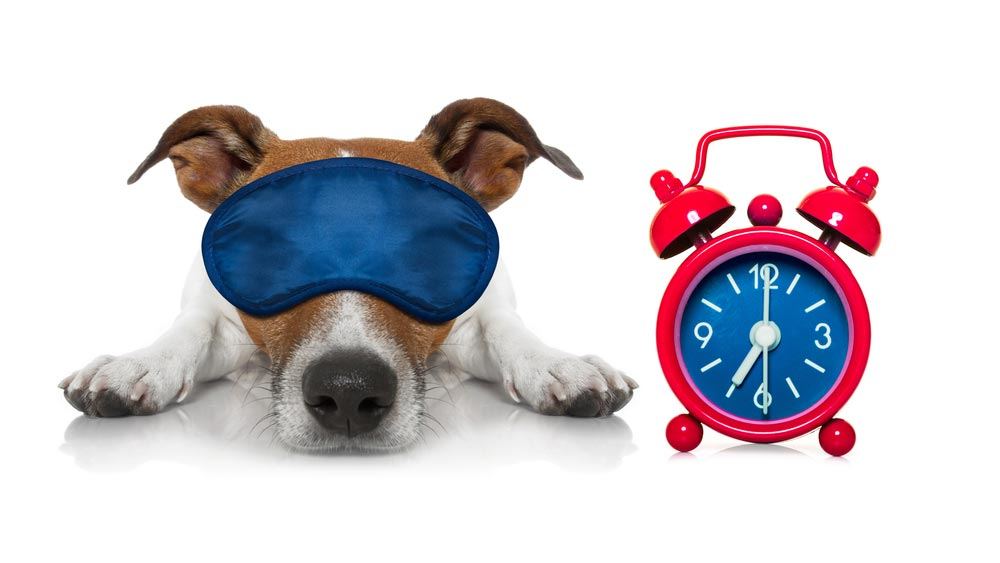
When you wake up, it signals the beginning of a new day not just for you, but for your puppy as well. The first thing you need to do is to get your puppy off the crate and bring him to the potty area. You can place the crate near the bedroom so you can hear the puppy whine or whimper, signs that he want to eliminate. Try not to produce any noise while the puppy is doing its thing.
When the puppy is still small, and the crate is inside the house, you may carry him to prevent him from peeing on the floor. It is a practical step especially if the puppy is not collared and leash-broken. Training the puppy to pee and poop outside the house at this early stage of his life will help him stick to this routine when he grows up.
2. After Playing and Snoozing
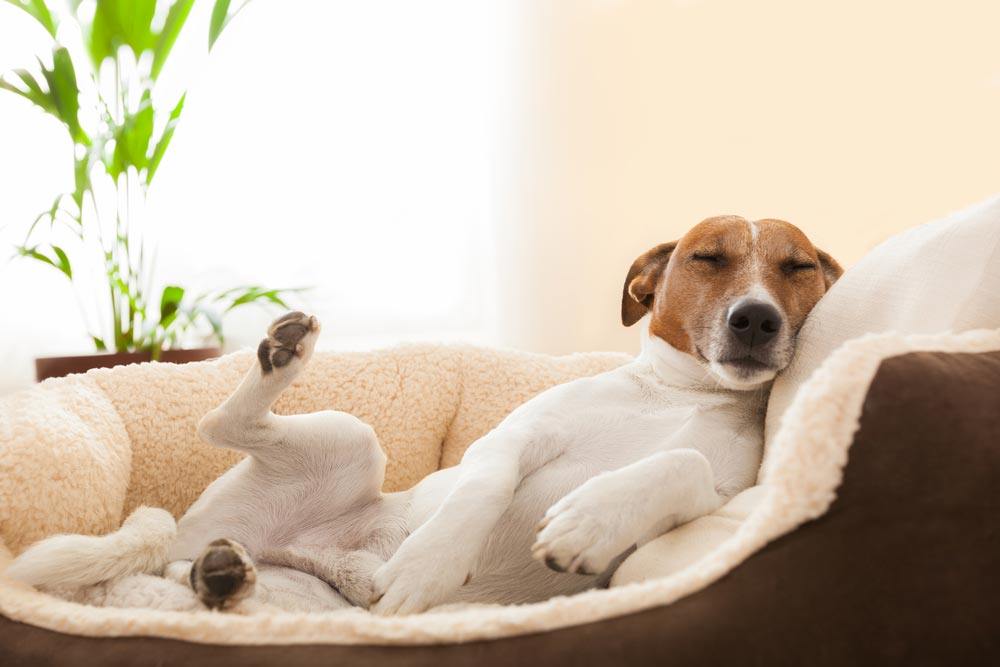
Puppies usually potty after waking up in the morning and after eating. But aside for those, there are other instances when your pet needs to answer the call of nature. These are after taking naps and after playing. A nap is a short period of sleep. If you notice that your pup is napping, make sure to bring him to the potty area after waking up.
Another one is playtime. Playing or exercising stimulates digestion, and your puppy may have the urge to potty after doing these activities. Watch out for signs such as sniffing the carpet or floor, moving around the area whimpering, or any other signs which it does not normally do. When you notice these signs, bring the puppy outside the house at once.
3. After Meal Time
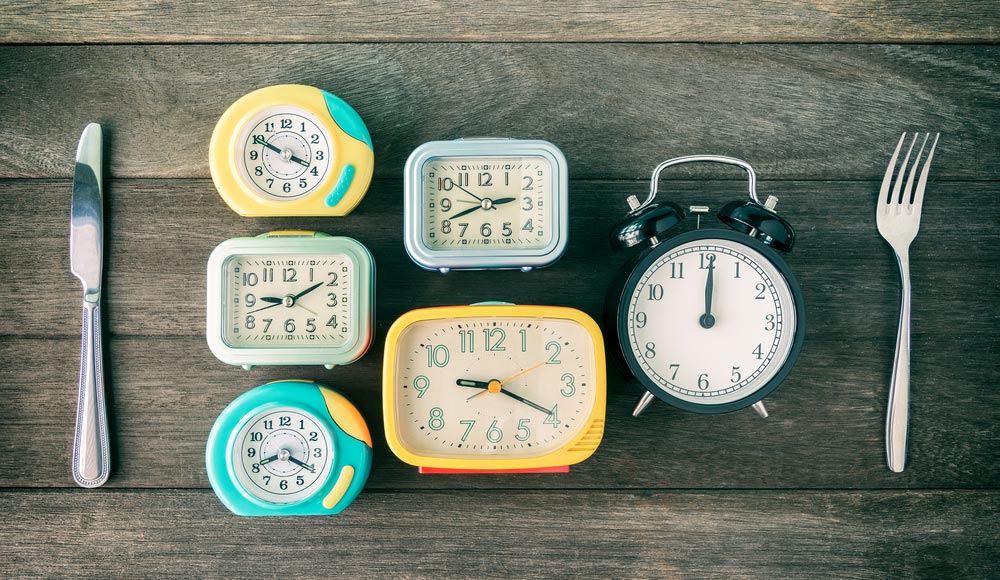
Breakfast is part of your puppy’s morning ritual. After relieving itself first thing in the morning, the pup is now ready to take its first meal. As much as possible, make the routine consistent. It will help in the potty training plus you will be able to schedule it at roughly the same time every day.
After taking its meal, wait for 5 - 30 minutes before taking the puppy to the potty area. The younger he is, the shorter the period you need to wait for potty time. As puppies grow up, they’ll know how to control their bladder and will be able to hold it for a longer period.
A pup will eat 3 to 4 times a day. Usually, it needs to potty after every meal. Be mindful also when the little one drinks plenty of water. Taking in lots of fluids has a similar effect as taking a meal. It means that your puppy needs to potty soon afterward.
4. How Long Can Your Puppy Control It?
To know how long the pup can control it, take the age of the puppy in months then add one. That will be the number of hours a puppy can comfortably hold its potty. For example, if the puppy is 4 months old, add 1 to its age in months; that will be 5. The puppy can stay in its crate for 5 hours without eliminating. So before going to bed, don’t forget to take your puppy to potty and then do this again after waking up.
If the activities of the pet are correctly timed and scheduled, the owner may predetermine the estimated time to potty. The owner will plan the routine of the puppy, and the puppy will become used to it, thus making a successful potty training possible.
POTTY TRAINING DOs AND DON’Ts
Pet lovers who are first-time puppy owners will naturally get mad of pees and poops right inside their house especially if family members are very particular on the cleanliness of their home. The initial reaction would be getting mad, yelling or even punishing the puppy.
This shows how important it is to house train your puppy by any member of the family who can best do the job. Do’s and don’ts of potty training:
When Accidents Happen, Please Do:
- Stay calm and relaxed. Take a deep breath to relieve tension.
- Remember the pup is still a baby and does not know what to do. Therefore be patient.
- The puppy felt the urge to eliminate, and he has nowhere to go. Or maybe he showed signs, but nobody noticed him.
- Bullet Point 2
When Accidents Happen, Please Do Not
- Yell at your dog.
- Hit or clobber the rear end of the dog.
- Rub or place the nose in the pee or poop for him to know how disgusting the act he did.
QUESTIONS & ANSWERS
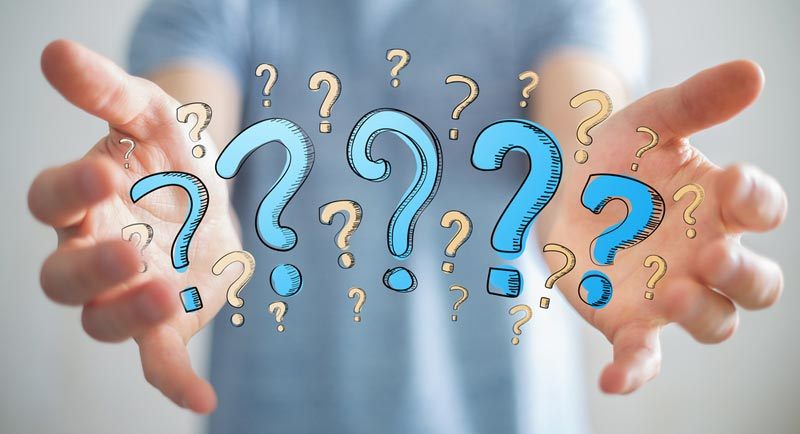
1. When to Begin House Training Your Puppy?
According to experts, puppies can be trained when they are between 12 to 16 weeks old. At this age, they can control their bladder and hold their wastes. If your puppy is more than 12 weeks old when you brought him and had no potty training (as you found him eliminating in his crate), the training may take longer and will need more effort on your part.
You have to break his bad habits and reshape his behavior. Motivate the dog by giving it treats and other rewards you think will be enjoyable for him (such as dog toys).
2. How Long Do You Need to Potty Train?
The trainer must be patient, consistent, and must do reinforcement with a positive outlook. The objective is to help the puppy learn correct potty habits to promote a closer bond between the human and the pet.
Usually, training takes 4 to 6 months, although some puppies may take up to one year to be fully trained. Size can also be a factor. Smaller breeds have smaller bladders and faster metabolism, thus potty more often than the larger breeds.
Another factor to consider is whether the puppy came from a previous owner whose living conditions are different from yours. If he was not previously trained or was given improper training, you must now exert more effort and exercise more patience to help the puppy break his old habits and apply better ones.
Of course, you may suffer setbacks and frustrations. Remember that animals have lower comprehension abilities than human beings. Succeeding in this endeavor will boost your sense of achievement. The puppy will also benefit from the training and thus reciprocate the love and concern you have shown him in his own little and “cute” ways.
3. When Will I Know That the Puppy is Fully Trained?
When done properly, potty training can be accomplished in a relatively short span of time. By being diligent and patient, a pet owner can successfully potty train his puppy. What is needed is consistency, and everything will move on easier and faster. The signs that the puppy is now fully trained are the following:
- No more accidents are occurring in the house or the crate. In some cases, there may be some, but this has decreased tremendously.
- When you give the command or say the words for elimination, the puppy starts to do it.
- Your puppy shows visible signals that he will eliminate. These include barking, sniffing the floor/carpet, moving around the room, going to the front door, or staring at you in a special way as if trying to call your attention.
- The puppy now roams into a bigger area of the house with no accident.
4. What to Do if the Dog Suddenly Forgot his Potty Training?
If your dog has been successfully trained to potty and suddenly forgot his house training, this can be a sign of infection. He should be brought to a veterinarian who will do a fecal test, urinalysis, blood test, and other physical examinations needed to know the health condition of the dog. The veterinarian will then give the necessary medications to treat the infection and bring the puppy back to health.
5. It’s All Gone Wrong Despite Doing the Steps Correctly
Do not get frustrated if many mistakes are committed by your puppy because that can really happen. It commonly occurs when a puppy reaches the age of 13 weeks old. Here are some of the things that you can do:
- You need a cleaner designed for protein-based stains. Thoroughly clean all traces of urine and feces on the floors. You can also utilize black light (you can buy it online or in hardware stores) to look for stains that are less visible.
- Place the dog inside the room you are in to avoid soiling other parts of the house. Put the puppy in a crate if you will go out.
- You can buy an affordable carpet and put it on top of the stained carpet which has been thoroughly cleaned. That will provide a new environment and a fresh start for the puppy.
- Retrain your puppy again with the basics of potty training.
CONCLUSION
To summarize, the different ways to potty train a puppy are the following: 1) pad training, 2) crate training, 3) using a leash and words, and 4) training and praise. You also need the proper mindset, tools required for potty training a puppy, and most importantly, timing.
Knowing how to potty train a puppy requires knowledge, patience, and commitment. But if you succeed, life inside the house will be a lot happier if you have a trained pet. That means less effort in cleaning your home, you don’t have to buy new blankets or carpets all the time, and a healthier environment for you, your cute puppy, and your family.
If you have comments and suggestions, feel free to post them.
Resources:
- House Training: The Mindset and Approach You Must Take by Labrador Training HQ
- The Ins and Outs of Patty Pad Training by AKC
- Crate Training and Housebreaking Made Easy: House Training a Puppy by dogtime.com
- How to Potty Train a Puppy by DogTrainingBasics.com
- Puppy Potty Training Timeline by AKC
- House Training Your Puppy by WebMD
- The Do’s and Don’ts of Potty Training Your Puppy by DogWatchCommon
- Dog Infection Symptoms by Vetinfo.com
- Housebreaking a Puppy - What to Do if It All Goes Wrong by Dog Care Knowledge
